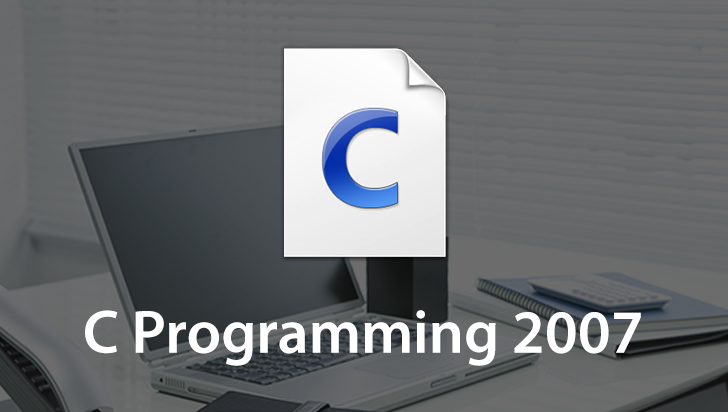UML Course
This Course can only be played using a subscription. You can play only first 3 chapters for free. Click Here to avail a subscription
UML is a standard, visual modeling language that comes into play in all stages of the software development life cycle: modeling business processes, conceptualizing system functions, visualizing and documenting software artifacts, developing object-oriented software. In other words, UML is a language that allows the writing of a software systemâs blueprint in a way that can be easily understood by various stakeholders, including business analysts, project managers, system and database architects, etc. This introduction, by VTC author and corporate trainer Nancy Conner, covers UML basics and goes into detail about the most common kinds of UML diagrams. To begin learning, simply click the links.
Welcome to the UML. UML stands for Unified Modeling Language and it represents the standard modeling language for system design. Now what does that mean? Well UML is a visual language that let's you model processes, software and systems. Up in the corner there you can see a sample UML diagram, this is an example of a class diagram and we'll be working with those in quite some detail. What is the UML? UML is made up of notation and diagrams. Those are what we'll be working with through out this course. By notation I mean the elements that work together in a diagram such as symbols for example classifiers or stick figures, connectors such as arrows, dependencies, associations, notes that you might add, values, even things like pseudo code and code. All of these things are considered notation and diagrams of course are pictorial elements of a process, a system or some part of the system such as the class diagram you saw in the previous slide. Where does the UML come from? Well it's defined as a set of specifications created and distributed by the object management group, the OMG. UML is defined in two parts, infrastructure and super structure and two associated specifications, diagrams interchange and object constraint language. You can download these specifications if you want to look them over at the object management groups website, www.omg.org. The UML is extensible, it's the industry standard modeling language and as Jess mentioned the OMG provides the specification that offers the formal definition of the UML. But UML is designed to be flexible, flexibility is one of it's greats strengths. You can extend it for example by using stereotypes and you can interpret it to meet your own specific needs. While UML's formal definition means everyone's on the same page about basic notation and semantics you have the freedom to extend that notation to describe your own particular situation. And it's also worth noting that the UML is scalable, you can use UML equally well to model a huge multimillion dollar or you can use it to do a quick sketch of a business process. It can be as big or as small you need it to be. That kind of flexibility let's you use UML for a number of different things. You can use UML to model business processes, show application structure, describe system architecture, capture system behavior and model data structure. And the way in which you use UML can vary as well, you can use UML to sketch out ideas, it's great for tossing around ideas and concepts and drawing them and refining them on a whiteboard for example. You can use it to build a formal detailed specification of the system and you can use UML to generate programming code. You can go directly from a UML model to executable code. In this course we'll be covering ten different kinds of UML diagrams, let me just give you a quick run down of what those will be. This course covers use case diagrams, use case diagrams show what the system does from the perspective of actors that play various roles in interacting with the system. We'll look at class diagrams; these define classes and their static relationships. Class diagrams show the kinds of objects in the system and their associations with each other. We'll cover object diagrams; these show the system structure at a specific moment in time, so object diagrams model instances of classes in various configurations. We'll look at package diagrams, package diagrams bundle elements together to create a higher level view of the system also we'll look at state diagrams, which show a dynamic view of the systems behavior. Activity diagrams also give a dynamic view of the system, these diagrams model workflow, business processes or procedural logic. We'll look at sequence diagrams which are a kind of interaction diagram, these diagrams show how objects communicate with an emphasis on time and the ordering of messages. Another kind of interaction diagram that we'll look at is communication diagram, communication diagrams also show how objects communicate, these diagrams have an emphasis on links among the objects. We'll cover component diagrams; this kind of diagram gives a view of the system in terms of its components. The modular that represents a system's building blocks. And finally we'll look at deployment diagrams; deployment diagrams map software artifacts to hardware to show the systems physical layout. There are other kinds of UML diagrams but due to time constraints these ten common diagrams are the ones that we'll be covering in this course. So let's get started. Because the UML evolved from object orientated system design we'll begin with a quick review of object orientation concepts.
- Course: UML
- Author: Nancy Conner
- SKU: 33815
- ISBN: 1-934743-23-2
- Work Files: No
- Captions: For Online University members only
- Subject: Programming
- The first 3 chapters of courses are available to play for FREE (first chapter only for QuickStart! and MasterClass! courses). Just click on the movie link to play a lesson.


